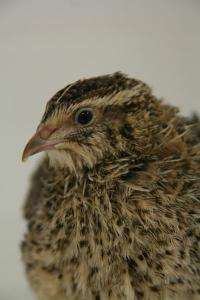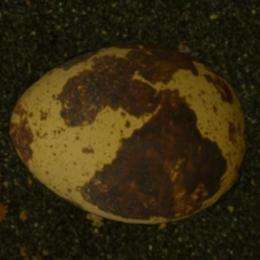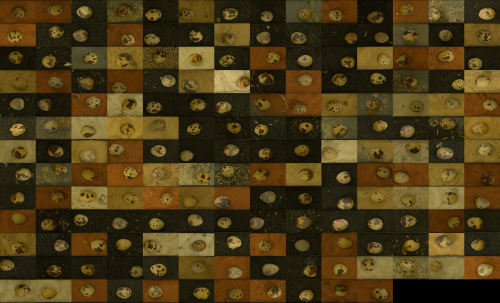Quail really know their camouflage

When it comes to camouflage, ground-nesting Japanese quail are experts. That's based on new evidence published online on January 17 in Current Biology that mother quail "know" the patterning of their own eggs and choose laying spots to hide them best.
"Not only are the eggs camouflaged, but the birds choose to lay their eggs on a substrate that maximizes camouflage," said P. George Lovell of Abertay University and the University of St Andrews. "Furthermore, the maximization seems specific to individual birds."
Karen Spencer, also of University of St Andrews and a co-author, had earlier noticed that female quail lay eggs that vary a lot in appearance, and that those differences are repeatable. Some birds consistently lay eggs covered in dark spots; others have many fewer spots or, in some cases, almost none at all.

That pattern led the researchers to an intriguing idea: that birds might make optimal egg-laying choices based on the special characteristics of their own eggs. To find out, they gave female quail in the lab a choice between four different backgrounds on which to lay their eggs.
Those choice experiments revealed that most quail mothers lay their eggs on background colors to match the spots on their eggs. That's an effective strategy known as disruptive coloration, in which contrasting patterns on surfaces make the outline of an object harder to detect. Birds laying eggs with little patterning instead choose lighter surfaces to match the predominant background color of their eggs.
The findings suggest that quail in the wild lower the chance that their eggs will be found and eaten by predators through careful decision-making, the researchers say.

"Animals make choices based upon their knowledge of the environment and their own phenotype to maximize their ability to reproduce and survive," Lovell said. "In this specific case, birds know what their eggs look like and can make laying choices that will minimize predation."
More information: Current Biology, Lovell et al.: "Individual quail select egg-laying substrate providing optimal camouflage for their egg phenotype." dx.doi.org/10.1016/j.cub.2012.12.031
Journal information: Current Biology
Provided by Cell Press



















